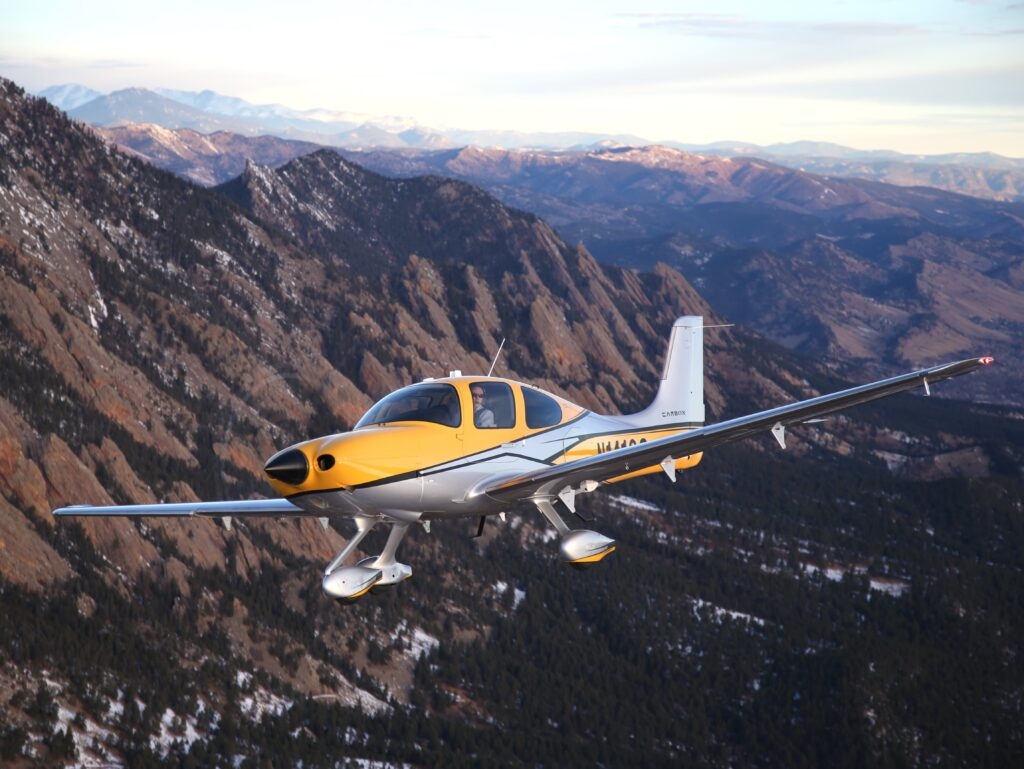How Cirrus Transition Training Can Boost Your Aviation Career

In this blog, we will discuss Cirrus transition training, its significant aspects, benefits, and components. We will also discuss who needs Cirrus transition training, choosing the right instructor, and maintaining proficiency after it.
The advanced technology, security measures, and performance capabilities of Cirrus aircraft are well known. Pilots switching to Cirrus aircraft require specialized training. Cirrus transition training aims to enable pilots to fly these advanced aircraft with competence and assurance.
Cirrus transition training:
A systematic program called Cirrus transition training teaches pilots how to safely and effectively operate Cirrus aircraft. It emphasizes training pilots with the special characteristics and systems of Cirrus aircraft, such as advanced avionics, handling features, and safety gear.
Significant aspects of Cirrus transition training:
-
Aircraft systems: Comprehending the distinct systems of Cirrus aircraft, such as the engine management, avionics suite, and safety measures, is essential.
-
Flight maneuvers: Getting familiar with crucial Cirrus aircraft flight maneuvers.
-
Emergency procedures: It is essential to acquire and practice emergency protocols, such as the Cirrus Airframe Parachute System (CAPS).
-
Simulator training: It is the process of honing abilities using a flight simulator.
-
Flight training: Practical flight instruction given by a qualified teacher.
Importance of Cirrus transition training:
Transitioning to a Cirrus aircraft without proper training can be challenging and potentially dangerous. Cirrus transition training ensures pilots are fully prepared to handle the aircraft's advanced systems and unique characteristics.
Benefits of Cirrus transition training:
-
Enhanced safety: Training reduces the risk of accidents by familiarizing pilots with the aircraft's safety features and emergency procedures.
-
Improved proficiency: Pilots gain a deeper understanding of the aircraft's systems, leading to more proficient and confident flying.
-
Increased confidence: Structured training builds confidence, making pilots feel more comfortable and capable in the cockpit.
-
Better decision-making: Training emphasizes decision-making skills crucial for safe and efficient flight operations.
Who needs Cirrus transition training?
Cirrus Transition Training Minneapolis is recommended for:
-
New Cirrus owners: Pilots who have recently purchased a Cirrus aircraft.
-
Pilots transitioning from other aircraft: Those moving from other aircraft to a Cirrus.
-
Pilots seeking recurrency training: Experienced Cirrus pilots who need to refresh their skills.
Components of Cirrus transition training:
Ground school-
The ground school covers the theoretical aspects of flying a Cirrus aircraft. Topics include:
-
Aircraft systems: Detailed study of the aircraft's systems, including avionics, engine, and safety features.
-
Flight planning: Learning how to plan flights effectively, considering factors like weather, fuel management, and route planning.
-
Emergency procedures: Understanding and memorizing emergency protocols.
-
Regulations and procedures: Reviewing aviation regulations and standard operating procedures.
Flight training-
Flight training is the hands-on component of Cirrus Transition Training. It includes:
-
Pre-flight inspections: Learning how to conduct thorough pre-flight checks.
-
Basic flight maneuvers: Practicing basic maneuvers such as takeoffs, landings, climbs, and descents.
-
Advanced maneuvers: Performing advanced maneuvers like steep turns, stalls, and emergency descents.
-
Instrument procedures: Training on instrument flying procedures is crucial for navigating poor visibility conditions.
-
Emergency scenarios: Simulating emergencies to practice response and decision-making.
Simulator training-
Simulators offer a secure and regulated setting for rehearsing different situations. Benefits of simulator training include:
-
Risk-free environment: Allows pilots to practice emergency procedures without real-world risks.
-
Repetition and consistency: Pilots can repeat maneuvers until they achieve proficiency.
-
Advanced scenarios: Simulators can replicate complex flight scenarios and emergencies.
Suggestions for training in Cirrus transition effectively-
-
Be prepared: Study the aircraft's systems and procedures before starting the training.
-
Ask questions: Never hesitate to ask questions if you have any doubts.
-
Practice regularly: Gaining proficiency in the aircraft requires consistent practice.
-
Stay current: Keep your skills sharp by regularly flying and staying updated with new procedures.
-
Focus on safety: Always prioritize safety over everything else.
Choosing the right instructor:
-
Check for appropriate degrees and certificates.
-
Think about their background as a teacher.
-
Look for endorsements and excellent reviews.
-
Evaluate their ability to communicate.
-
Make sure their teaching approach is engaging and unambiguous.
-
Make sure their availability fits into your plans.
-
Verify if they provide assistance outside classes and weigh their prices against your budget.
-
Ask for referrals from other people.
-
Check if their method suits your preferred way of learning.
Maintaining proficiency after Cirrus transition training:
Completing Cirrus Transition Training Chicago is just the beginning. Maintaining proficiency is essential for safe and efficient flying. Tips for staying proficient include:
-
Fly regularly to keep your skills sharp
-
Review flight manuals and checklists often
-
Practice emergency procedures frequently
-
Use flight simulators for additional practice
-
Participate in recurrent training sessions
-
Stay updated with Cirrus-specific training materials
-
Join a flying club or group for shared learning
-
Attend seminars or workshops on Cirrus aircraft
-
Get feedback from more experienced pilots
-
Keep up with any software or avionics updates
Conclusion:
Pilots transitioning to Cirrus aircraft must complete Cirrus Transition Training. It provides pilots with the knowledge and assurance to fly safely by covering emergency procedures, flight maneuvers, aircraft systems, and simulator training. Select a reputable trainer, continue to be committed to continuous education, and always keep safety first. With the right training and dedication, it's possible to enjoy flying a Cirrus aircraft to the fullest.
- Industry
- Art
- Causes
- Crafts
- Dance
- Drinks
- Film
- Fitness
- Food
- Games
- Gardening
- Health
- Home
- Literature
- Music
- Networking
- Other
- Party
- Religion
- Shopping
- Sports
- Theater
- Wellness
- News


